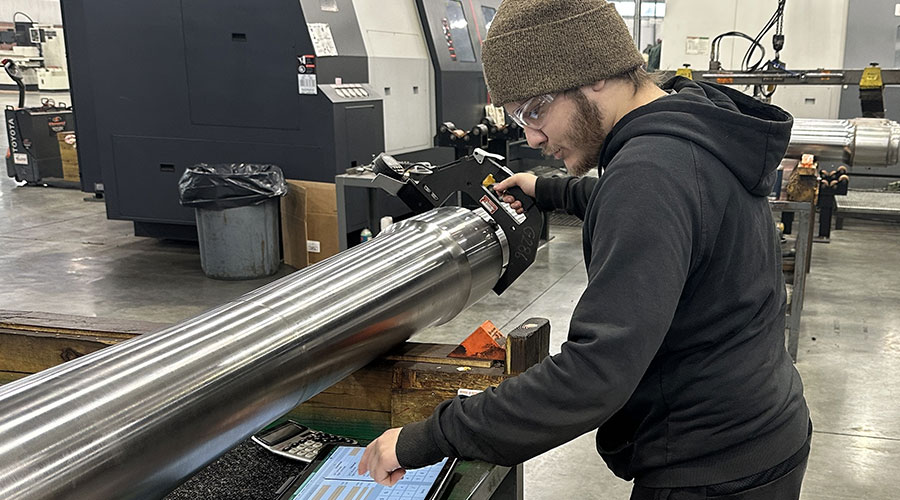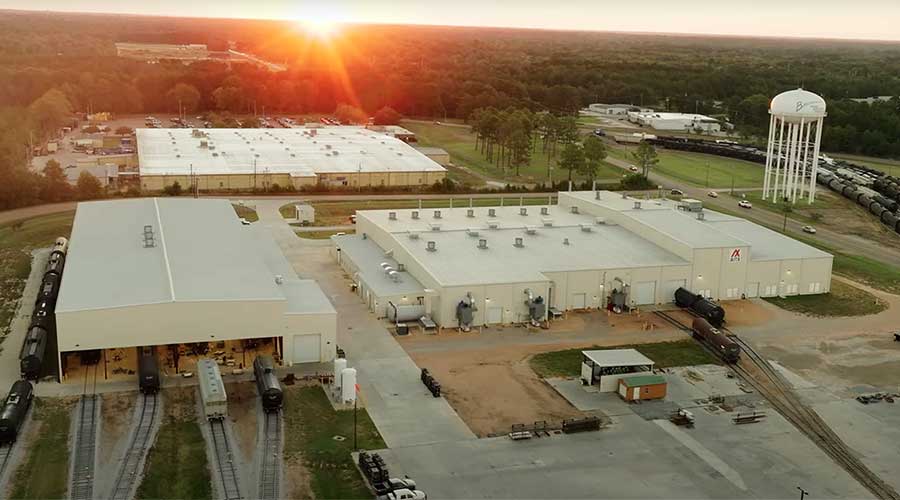Stay updated on news, articles and information for the rail industry
February 2020
Rail News: Mechanical
A case for the 'hope for the best' contingent: rail equipment market commentary by Richard Kloster

"Hope for the best, but prepare for the worst." That was basically the theme of my 2020 Outlook column a couple months ago. In that piece, I focused on the “prepare for the worst” side of the rail equipment market. We’re a few weeks into 2020 and a closer look into the market is warranted — as is a look into the “hope for the best” side.
While the sentiment within the rail equipment industry is still cautious, even negative in some quarters, there is more upside opportunity than downside risk.
First, the economy: When the final numbers are released, 2019 economic growth will probably end up being 2.3 percent or so. Last quarter, projections for 2020 were in the 1.9 percent range, but since then, economists have been inching them higher. Some are now projecting more than 2 percent.
As for trade, the U.S.-Mexico-Canada Agreement was signed into law last month. So was the phase 1 trade agreement with China, which as of press time was awaiting ratification. Both will provide strong growth stimuli for rail freight and equipment demand.
Meanwhile, overall freight volumes have begun to improve, although not for many specific segments. Truck freight is improving, which is reducing the truck equipment overcapacity, and will soon push trucking freight rates higher. A favorable swing back to intermodal is expected soon and rail carload growth will follow.
From a segment standpoint, the tank car fleet has the best upside potential, mainly because of its heavy chemical carload freight base.
However, shipments of petroleum, crude, liquefied petroleum gas and natural gas liquids also have upside potential that will improve equipment demand. Most of this fleet is leased equipment, and while lease rates remain stagnant, leasing market condition improvements for tank cars will lead all other car type segments.
The covered hopper fleet overall also has upside potential. The plastic pellet fleet is still strong, and while lease rate growth is also stalled, deliveries will still be robust and fleet utilization somewhat balanced. The grain fleet is the wild card. A trade deal with China would be the best thing that could happen for this segment. The small gravity fleet for frac sand is the problem segment, but most of the damage has already been done, given the huge surplus of cars in storage. Any improvement, however slight, will improve the lease market.
The intermodal portion of the flat car fleet has some upside potential, but it will largely be dependent on growth in the overall freight markets, and the decline of truck equipment overcapacity.
The remaining fleets — box cars, gondolas, open-top hoppers, non-intermodal flat cars — have the least upside potential. But they still have some. The box-car fleet is fairly well utilized and new car additions will be low. With only modest improvements in freight, this fleet would tighten, benefiting lessors. But the coal portions of the gondola and open-top hopper fleets will remain a drag for lessor owners of these cars; if there is any upside potential for the gondola fleet, it will come from the mill gondola segment. For lessors, improvements in market conditions for bulkhead and center-beam flat cars will be contingent on higher freight volumes.
Finally, the general consensus in the industry is that new rail-car deliveries in 2020 will likely fall between 38,000 and 40,000 — a considerable drop-off from totals of the past two years. However, should one or more of these upside scenarios come to pass, there is a serious potential for deliveries to reach 45,000 cars or more. That’d still be lower than each of the last two years, but something the rail equipment supply industry would welcome.


 2025 MOW Spending Report: Passenger-rail programs
2025 MOW Spending Report: Passenger-rail programs
 Gardner steps down as Amtrak CEO
Gardner steps down as Amtrak CEO
 Guest comment: Oliver Wyman’s David Hunt
Guest comment: Oliver Wyman’s David Hunt
 Women of Influence in Rail eBook
Women of Influence in Rail eBook
 railPrime
railPrime








